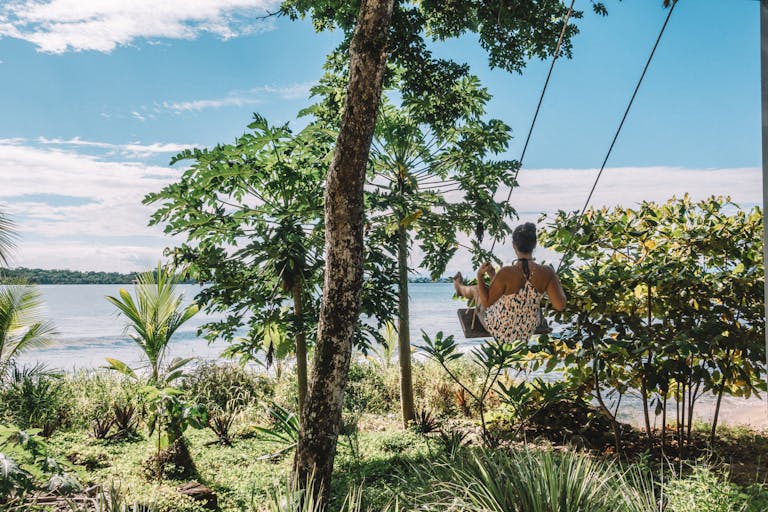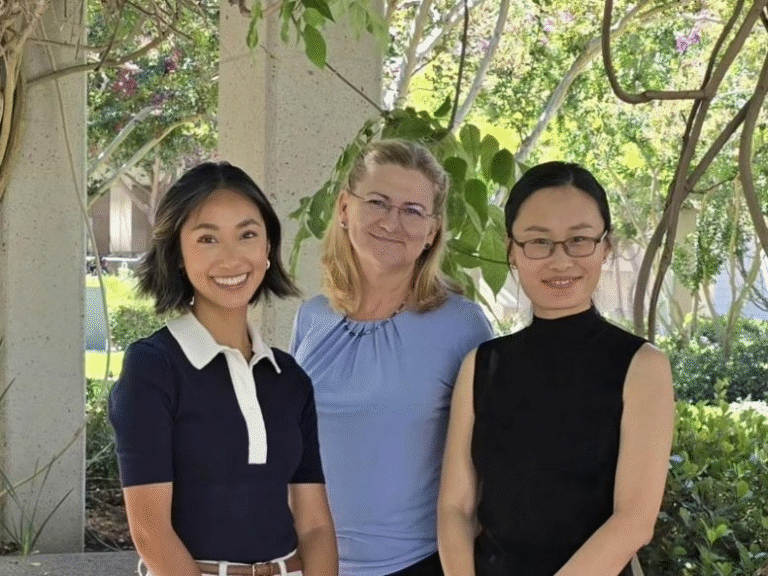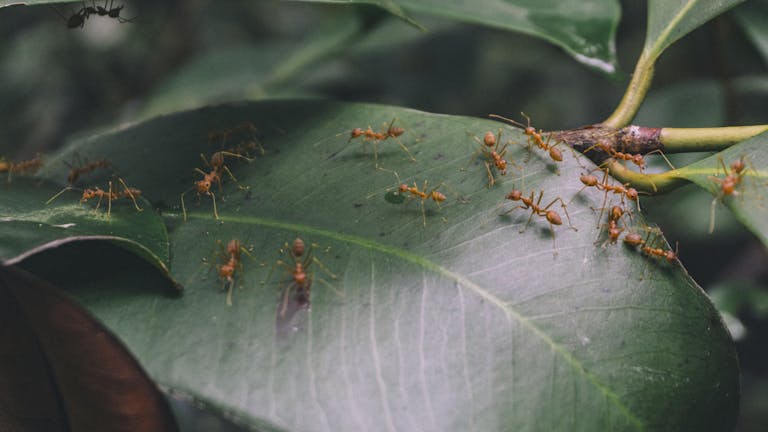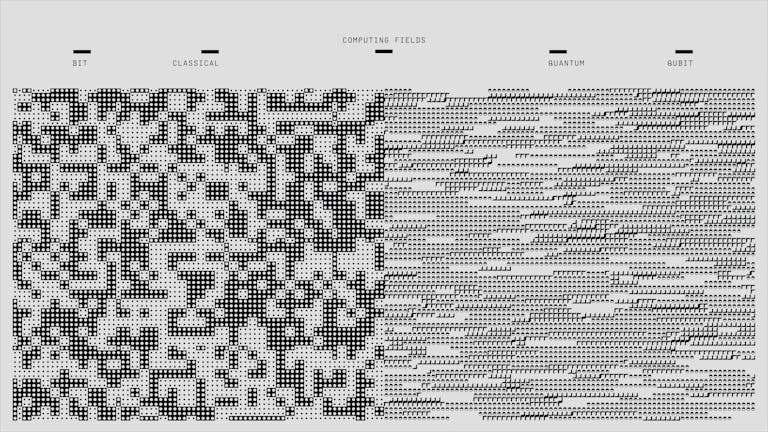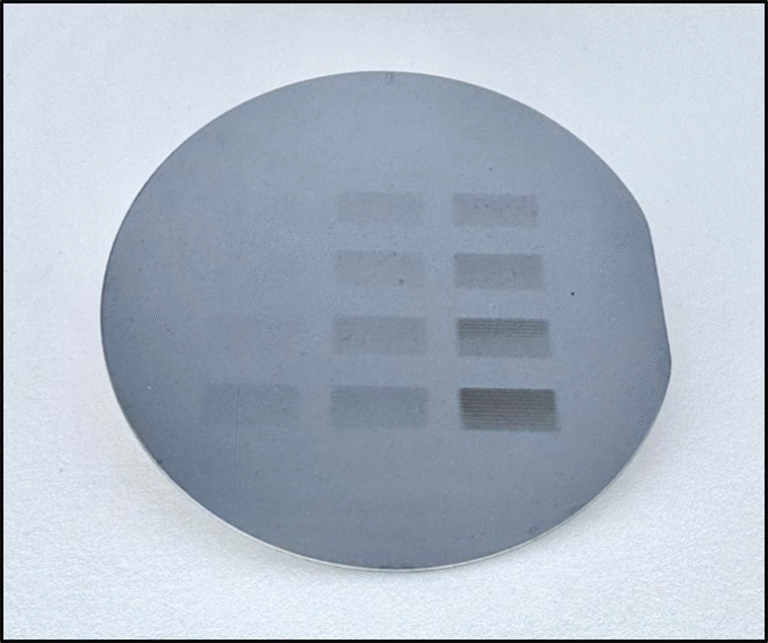Scientists Recreate a Spark from Earth’s Earliest Days
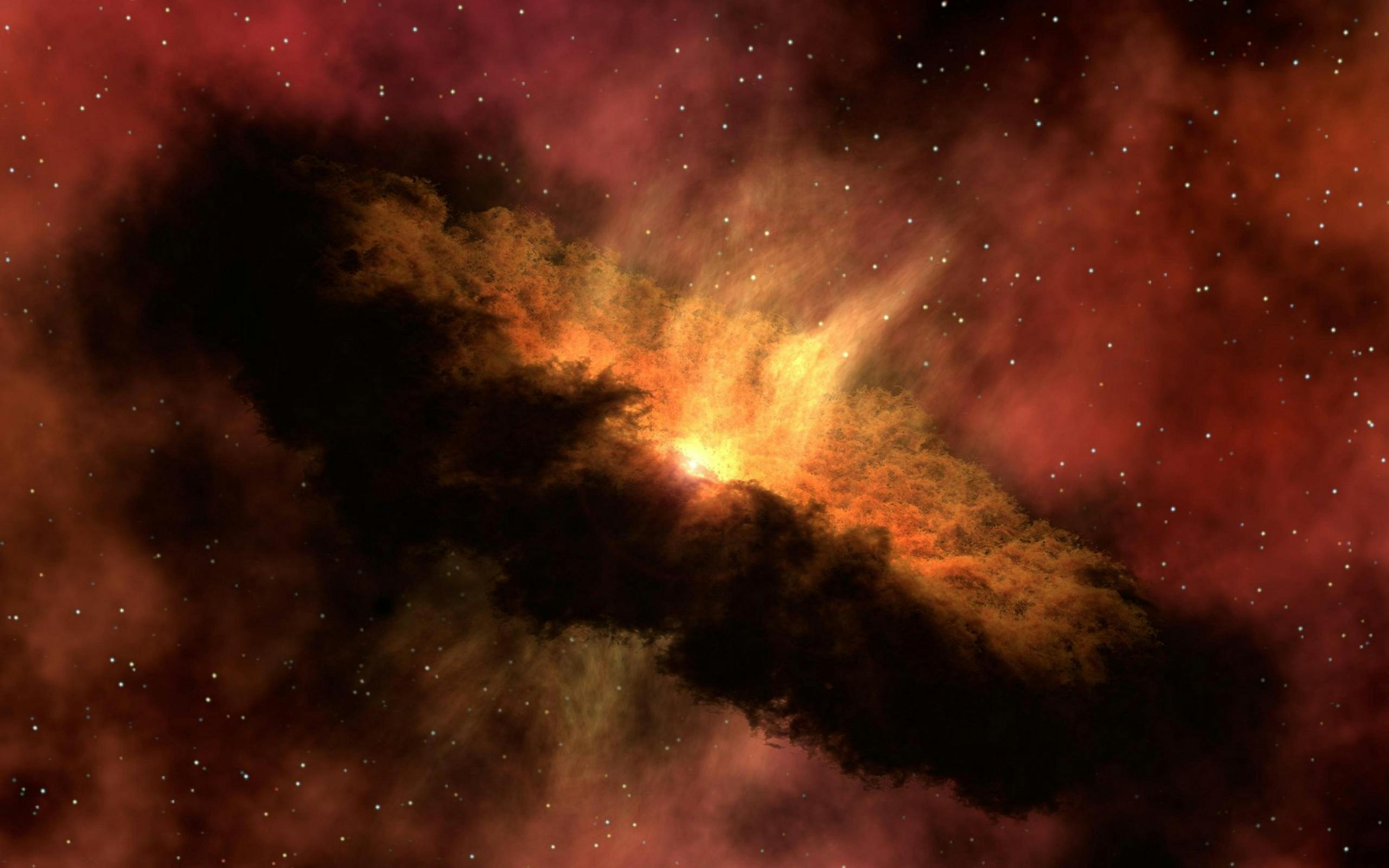
How did life begin? It’s one of those timeless questions that fascinates everyone, from school kids staring at a pond to scientists running experiments in cutting-edge labs.
Now, researchers at University College London (UCL) have taken a remarkable step toward solving this puzzle — by showing how two of life’s most fundamental ingredients, RNA and amino acids, might have naturally joined together about four billion years ago.
The Mystery of Life’s Origins
Life as we know it depends on proteins. These are the workhorses of biology, carrying out nearly every process that keeps us alive. But proteins can’t copy themselves. For instructions, they rely on RNA, a close cousin of DNA. So here’s the mystery: which came first, the proteins or the instructions? Without one, the other couldn’t exist.
For decades, scientists have struggled to figure out how amino acids (the building blocks of proteins) might have connected with RNA under primitive conditions. Experiments kept failing because earlier methods used unstable chemicals that fell apart in water — exactly the environment where life is believed to have started.
A Breakthrough in the Lab
The UCL team, led by Professor Matthew Powner, has now cracked part of this puzzle. Using simple chemistry in water at neutral pH — conditions that could have existed in ancient lakes or pools — they successfully linked amino acids to RNA.
What makes this breakthrough even more exciting is that the reaction was spontaneous and selective, meaning it didn’t require some extraordinary set-up. Instead, it might have been something that could simply happen on the early Earth.
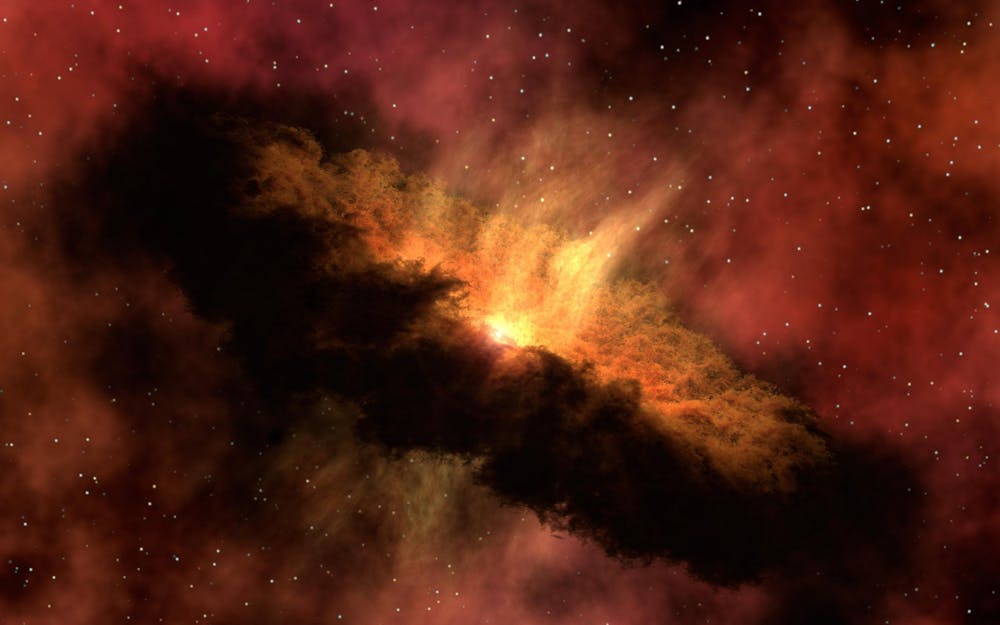
The key ingredient? A high-energy compound called a thioester. This molecule, still central to many life processes today, acted as the spark that activated amino acids and allowed them to connect with RNA.
Bridging Theories About Life’s Beginning
For years, scientists have debated competing theories about the origin of life. One is the “RNA world”, which suggests RNA came first, capable of copying itself and running primitive biology. Another is the “thioester world”, which proposes that high-energy thioesters powered the very first reactions.
This new research unites both ideas. By using thioesters to help RNA and amino acids link up, the team showed that these two worlds could have worked together, setting the stage for the complex chemistry that followed.
Building the First Chains of Life
Once the amino acids were attached to RNA, something magical happened: they could begin forming peptides — short chains of amino acids. Peptides are essential because they represent the stepping stones toward full-fledged proteins. Think of them as tiny prototypes of life’s machinery.
The researchers describe this as playing with molecular LEGO pieces. Starting with just small, simple molecules of carbon, nitrogen, hydrogen, oxygen, and sulfur, they showed how those pieces could assemble into structures with the potential to grow more complex.
What Comes Next?
Of course, this isn’t the end of the story. Life today relies on a breathtakingly complex machine called the ribosome, which reads RNA instructions and assembles proteins with precision. The UCL team has only achieved the first step of that process.
The next challenge is to figure out how RNA could begin to “prefer” certain amino acids over others. That kind of selectivity is the foundation of the genetic code, the universal set of rules that links DNA, RNA, and proteins in every organism alive today.
Why This Matters
This experiment doesn’t just tickle scientific curiosity. It also helps connect the dots between metabolism, genetic information, and protein building — three of the pillars of life. By showing how these chemical pieces could have come together naturally, it gives us a glimpse of how lifeless molecules might have crossed the line into living systems.
It’s a reminder that even the most extraordinary things — like life itself — may have started from very simple chemistry, bubbling quietly in a pool of water under an ancient sun.
Source: “Thioester-mediated RNA aminoacylation and peptidyl-RNA synthesis in water” by Jyoti Singh, Benjamin Thoma, Daniel Whitaker, Max Satterly Webley, Yuan Yao and Matthew W. Powner, 27 August 2025, Nature.
DOI: 10.1038/s41586-025-09388-y

